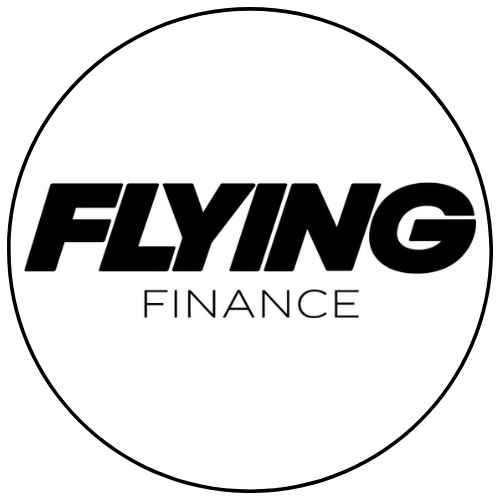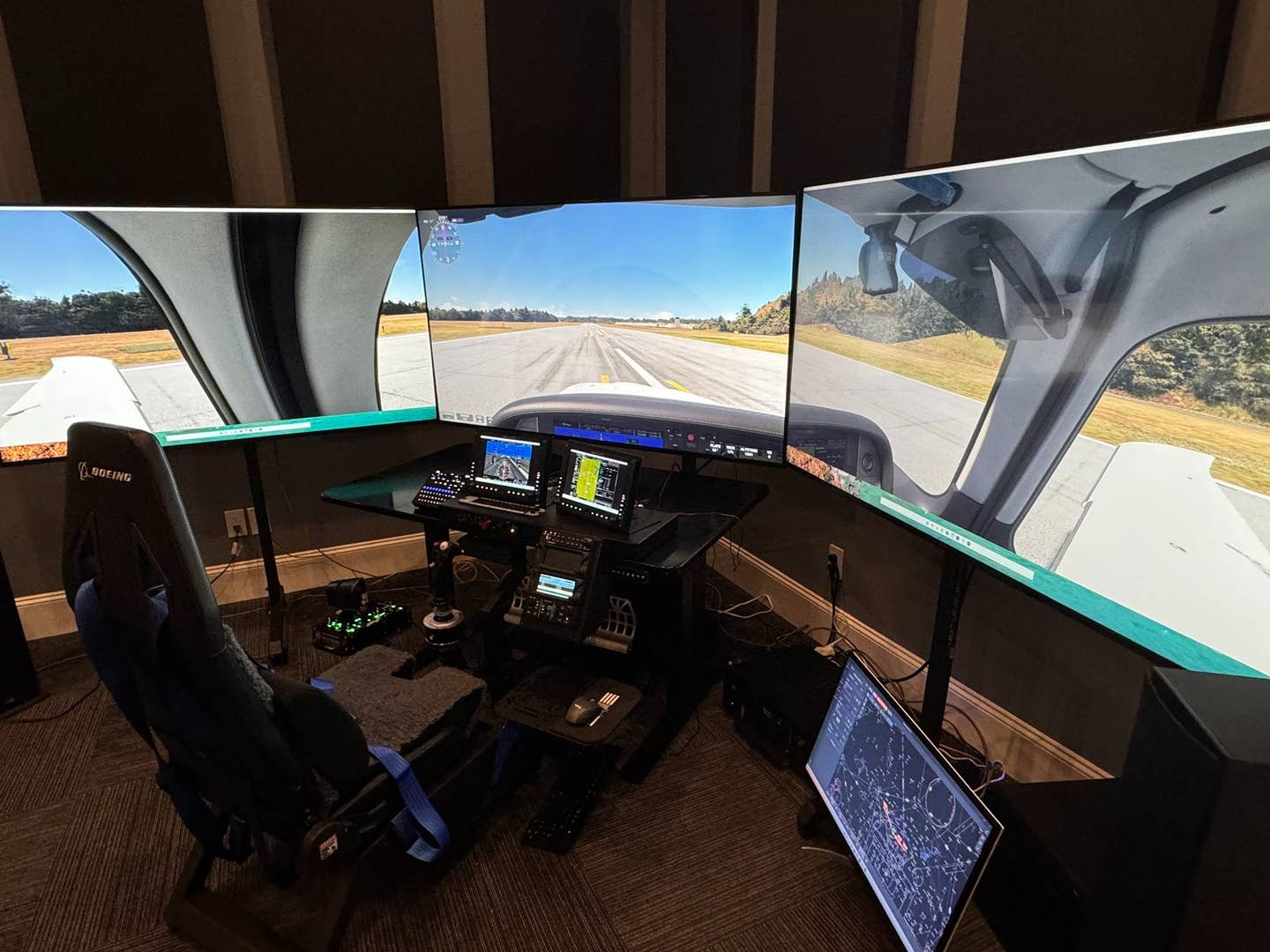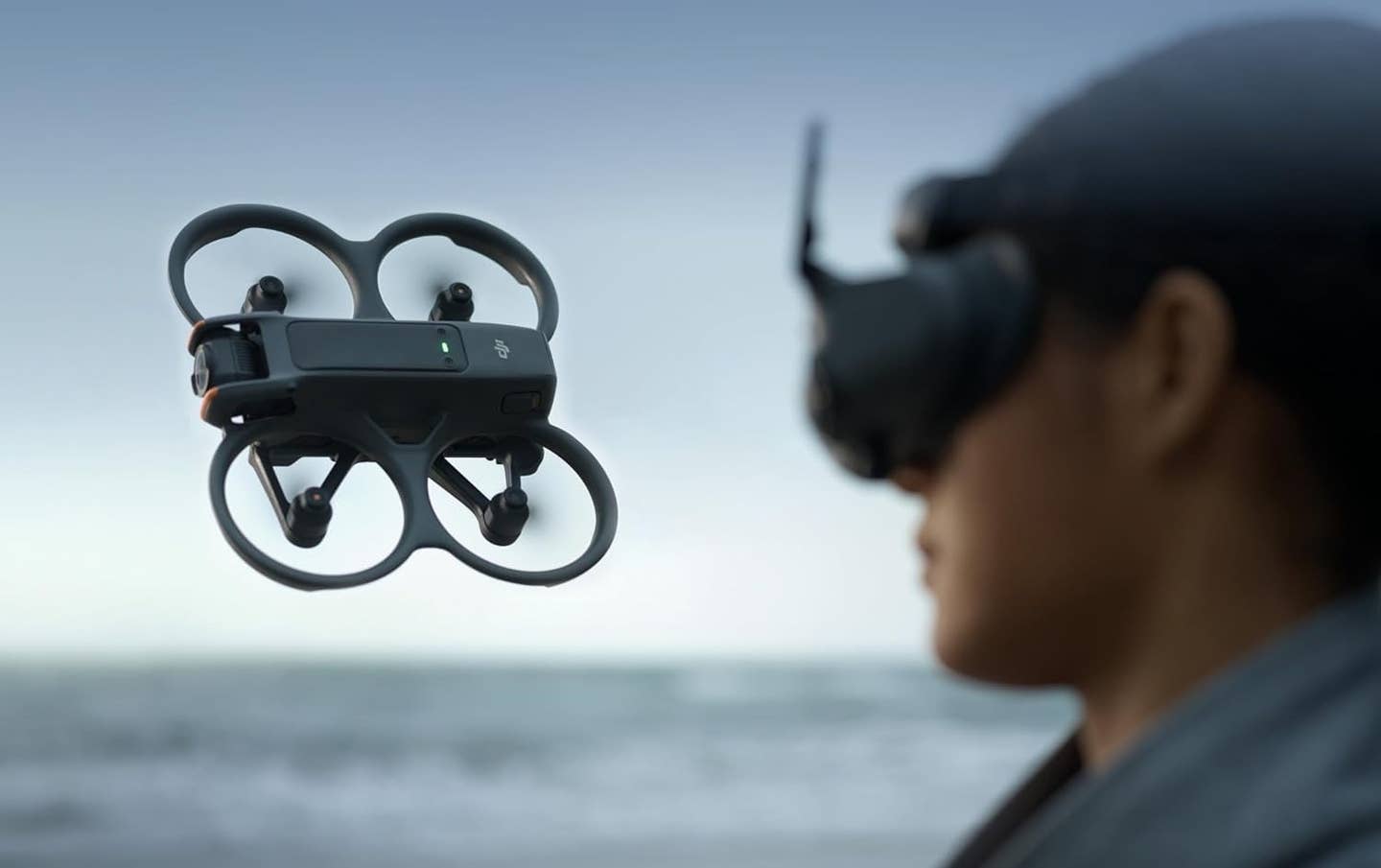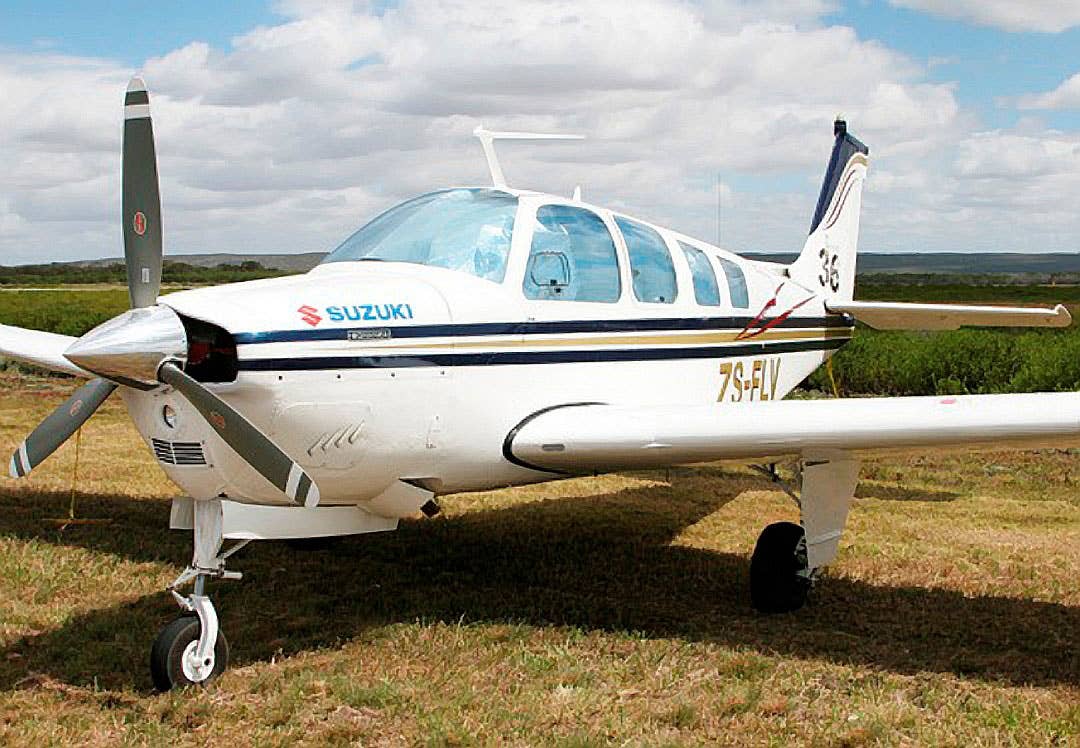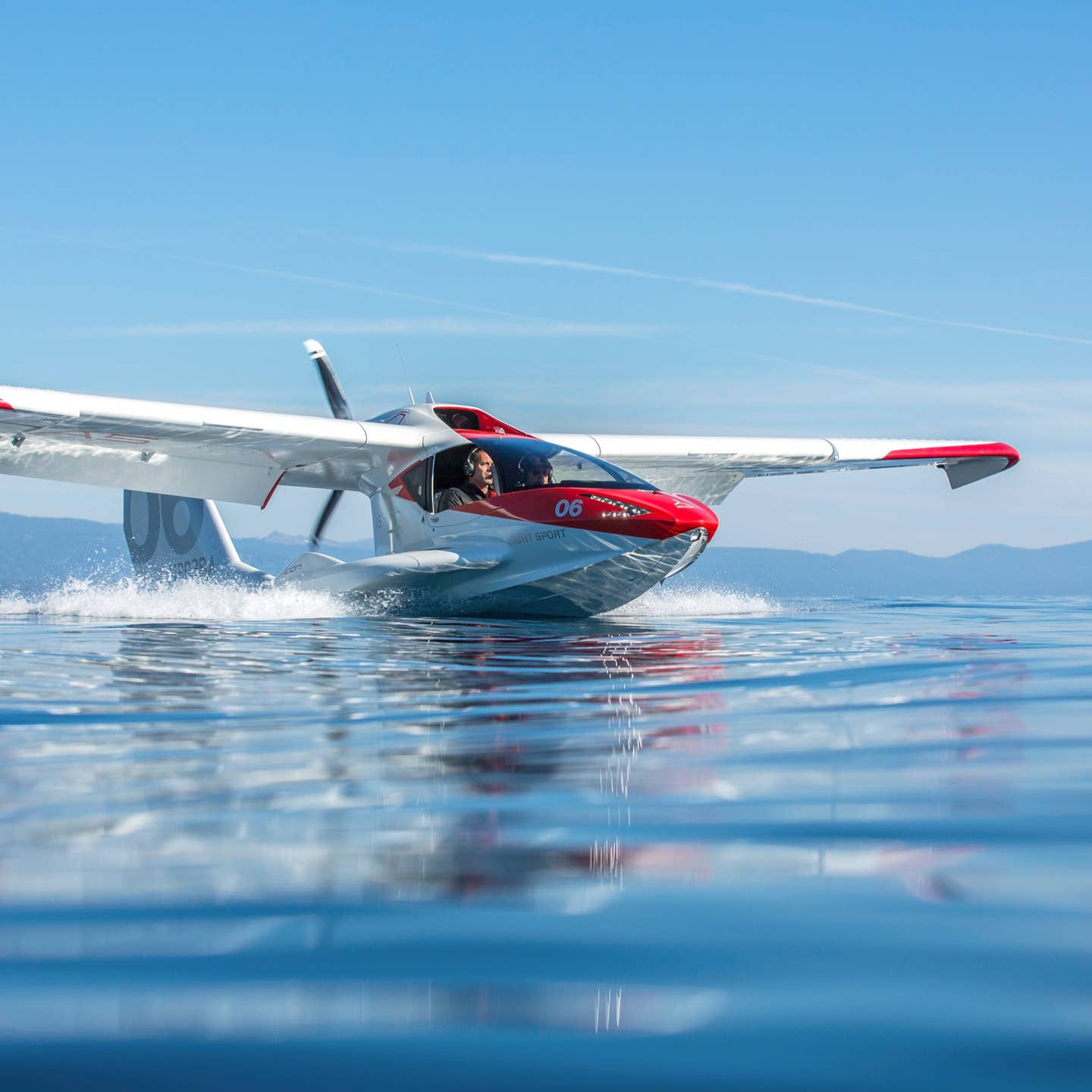
When it comes to amphibious aircraft, pilots have to consider price, the weight of float installation, and other factors prior flying and or purchasing the seaplane. [Credit: ICON Aircraft]
Floating the idea of an amphibious aircraft? Today, pilots aspiring to land on runways and water have more options than ever. Not long after the introduction of the FAA’s newest aviation category—the light sport aircraft or LSA—in September 2004 came the birth of LSA seaplanes.
Find out instantly what the payment would be on your next aircraft purchase. FLYING Finance is the Fastest and Easiest Aircraft Financing.
CalculateLSAs in the seaplane category were developed with requirements that are nearly identical to their land-restricted cousins, but they were allowed to have a higher maximum weight in order to accommodate both floats or a hull and landing-gear mechanisms. Wheel-only LSAs are not allowed to have retractable or repositionable gear.
Whether you go with a LSA or a heavier certified or experimental aircraft, the best amphibious aircraft will be the aircraft best suited for your mission and budget. This article will evaluate some of the amphibious aircraft on the market today, and explore their strengths and weaknesses.
ICON A5
With a panoramic canopy, a low instrument panel and the aircraft’s propeller behind you, flying the ICON A5 may feel more like driving a car than flying an airplane. ICON advertises a host of safety features including a spin-resistant airframe, Angle of Attack Indicator (AoA), ICON parachute system (IPS), and low stall speed for the category.
Although the ICON A5 bills itself as “one of the most advanced and safest light sport aircraft on the market,” the A5 is not without controversy. A number of accidents have been fatal, including one involving retired baseball pitcher Roy Halladay as well as A5 designer, engineer, and test pilot Jon Karkow.
The price of the Icon A5 has increased drastically—and controversially—over the last few years, while production has slowed.
Pricing: The ICON A5 amphibious light sport aircraft starts at $359,000. Adding Garmin G3X Touch integrated flight deck with an autopilot costs an additional $25,000.
Max Range: The normal range of the ICON A5 is 427 nm (includes 45 minutes of reserve fuel).
Max Speed: The A5 can fly or cruise at a maximum speed of 105 kts.
Weight: The A5 maximum takeoff weight is 1,430 lbs.
Passengers: The A5 seats two occupants.
Dimensions: Exterior Height: 8 ft 1 in; Wing Span: 34 ft 8 in; Length: 23 ft
Features: The ICON comes standard with:
- Garmin Aera 796 portable touch screen GPS which includes split and full-screen display modes for a moving map and synthetic vision
- Trig VHF communication radio and mode C Transponder with ADS-B out (integrated or portable ADS-B in available as an add-on)
- Bluetooth transfer of flight plans.
Comedian and aircraft enthusiast Jay Leno demonstrated the A5 in the October 2, 2019, episode of “Jay Leno’s Garage” on CNBC. Other notable customers include Google’s co-founder and chairman Eric Schmidt, and NASCAR driver Carl Edwards. Former Bachelor and airline pilot Peter Weber has demonstrated the A5 for ICON.
Carbon Cub EX on Amphibious Floats
The Carbon Cub SS was originally named the "CubCrafters Super Sport Cub." The Carbon Cub SS is based on the CubCrafters design—which echoes the Piper J-3 Cub—manufactured in Yakima, Washington.
Many aluminum parts are replaced with carbon fiber to decrease the weight of the aircraft and be accepted according to ASTM standards for the FAA's light sport category.
Pricing: Aerocet Composite Floats are an additional $61,700 to the EX Kit, or $71,000 to the Carbon Cub SS. The Carbon Cub SS starts at $219,500 ($290,500 with floats).
Max Range: 390 nm using 24 gal fuel tanks with no reserve fuel.
Max Speed: 115 mph (actual max speed may vary based on customized configurations).
Weight: The floats add 245 lbs to the empty weight, meaning the SS will have a useful load of 280 lbs with the floats installed because of the 1,430-pound amphibious LSA weight limit. The Carbon Cub EX kit with floats has approximately 700 lbs in useful load with a significantly greater max gross weight of 1,865 lbs.
Passengers: Carbon Cub aircraft are available in configurations to seat one or two occupants.
Dimensions: Height: 9.25 ft; Wingspan: 34.25 ft; Length: 22.75 ft
Features: Carbon-fiber floats are available for the factory-produced Carbon Cub SS and Sport Cub S2 LSAs, and the experimental Carbon Cub EX (kit). Amphibious floats offer versatile landings on unimproved surfaces through their oleo shock system featuring trailing link gear.
Progressive Aerodyne SeaRey
Progressive Aerodyne has a three-decade history in the amphibious and experimental aircraft market, and it has one of the largest groups of seaplane owner enthusiasts. Progressive Aerodyne manufactures two models of SeaRey S-LSA seaplanes: the Adventure and the Elite.
It is the only LSA seaplane that’s manufactured in the United States that also holds certification in China. According to the SeaRey website, there are now more than 700 SeaRey kit-built and certified aircraft that have been delivered worldwide. Completed aircraft and kits are produced at the Progressive Aerodyne facility in Tavares, Florida.
Pricing: The base-model SeaRey Adventure starts at $149,000, and the Elite model starts at $184,000. A SeaRey kit is also available—which takes 600 to 1,000 hours to build. Airframe kit pricing starts at $59,000.
Max Range: The normal range of the SeaRey Adventure is 363 nm, and the normal range of the SeaRay Elite is 379 nm (includes 30 minutes of reserve fuel).
Max Speed: The max cruise speed of the SeaRey Adventure is 95 mph. The max cruise speed of the SeaRay Elite is 113 mph.
Weight: The Sea Ray LSX maximum takeoff weight is 1,505 lbs. To qualify for operation under LSA rules, aircraft must be accepted at a maximum weight of less than or equal to 1,430 lbs.
Passengers: Both the Adventure and Elite models seat two occupants.
Dimensions: Exterior Height: 6.4 feet; Wing Span: 30.8 feet; Length: 22.4 feet
Features: The SeaRey Adventure is equipped with a Rotax 912 engine, and the SeaRey Elite is equipped with a turbocharged Rotax 914. Both aircraft come with electric bilge pumps, sliding canopies, electric landing gear, and a gear-warning system.
SeaMax Aircraft—SeaMax
Like the ICON A5, the SeaMax has folding wings which allow for easier transport and storage. Founded in 1997, production of the Seamax M-22 began in 2001 in São Paulo, Brazil.
A U.S.-based manufacturing facility was completed in Daytona Beach, Florida, in late 2020. As of 2021, Seamax has sold more than 160 units in more than 20 countries.
Pricing: The Seamax M-22 is available in three different packages. The “Performance” package starts at $170,450, the “Exclusive” starts at $179,900, and the “IFR + AutoPilot starts at $194,700.
Max Range: The normal range of the SeaMax M-22 is 630 nm (with no reserve fuel).
Max Speed: 113 kts. The SeaMax has a negative or reflex position on the flaps, which improves speed performance.
Weight: Seamax M-22 maximum take-off weight is 1,320 lbs.
Passengers: The Seamax M-22 seats two occupants.
Dimensions: Exterior Height: 6.25 feet Wing Span: 33.5 feet Length: 19.8 feet
Features: The IFR-equipped Seamax may be attractive to pilots in training who wish to fly under instrument flight rules in their amphibious aircraft.
Scoda Aeronautica Super Petrel LS
The Super Petrel LS is a composite biplane manufactured in São Paulo, Brazil, by Scoda Aeronautica. More than 385 aircraft have been manufactured with 36 registered in the U.S. as of 2021.
Scoda Aeronautica boasts that the Super Petrel LS is “simply pure fun,” offering pilots precise handling and stable landings.
Pricing: $195,000—Rotax 912iS (fuel injection) $207,000—Rotax 914UL Turbo (special order)
Max Range: The Super Petrel LS can fly up to a 600-nm range with no reserve fuel.
Max Speed: The maximum cruise speed of the Super Petrel LS is 100 knots.
Weight: 1,430 lb (with nearly 600 lbs of useful load)
Passengers: The Super Petrel LS seats two occupants.
Dimensions: Exterior Height: 8.3 feet; Wing Span: 29.2 feet; Length: 20.83 feet
Features:
- Scoda Aeronautica boasts that the Super Petrel LS’s ability to take off and land in short distances is unbeatable, whether you operate on land or water
Other Options—Put Floats on Your Land-Based Aircraft
You may be able to add floats to an aircraft you already own. For more than six decades, Minnesota-based Wipaire has been designing, engineering, and manufacturing a full spectrum of floats for dozens of aircraft from the Piper Cub to the de Havilland Twin Otter.
Wipaire’s line of Wipline floats is considered the gold standard in fixed and amphibious float modifications. Aircraft owners should always consider the effects on performance and useful load. Some aircraft may require a ballast to remain in envelope, and may not be able to take full fuel even with one pilot.
Wipaire also offers modifications including maximum gross weight increases and higher power engine installations to offset the weight and drag of floats. If you don’t have an aircraft to add floats to, Wipaire has various aircraft for sale with installed Wipline floats.
What Is an Amphibious Aircraft?
Amphibious aircraft are versatile machines that can take off and land on both water and land. Typically, they are fitted with floats that have retractable wheels so that they can takeoff from water and land on a runway—or vice versa.
What To Consider With Amphibious Aircraft
Your unique mission should always be considered. Who will you be flying with? Where will you be going most of the time? Is an amphibious aircraft really the best choice? If you will be landing at an airport most of the time, it may make more sense to consider a land-based aircraft with normal landing gear.
Affordability
With any aircraft, the purchase price is not the only consideration in budgeting. A per-hour operation cost should be determined based on projected maintenance, financing, flight training (if necessary), and insurance.
If you will be storing your aircraft on a trailer, you will need a place to store it as well as a vehicle to move it.
Maximum Range
The range is the maximum distance an aircraft can fly between takeoff and landing. Always calculate the range based on the weight of your actual load, updating it with each change in passengers or cargo carried.
Some float-equipped aircraft cannot take full fuel with two occupants on board.
Passengers
Many amphibious aircraft seats just two people. If you wish to take groups flying, you may consider a larger aircraft.
Cruising Speed
If you are flying for recreation—fun—how fast you get from one lake to the next may not matter. However, you should understand cruising speed options before making a purchase commitment on an aircraft.
Safety
A number of incidents in the last decade involving seaplanes have raised serious safety concerns. Consider the safety record of an aircraft manufacturer, as well as the individual aircraft.
Amphibious Aircraft Are Fun
Amphibious aircraft offer a new aviation experience that involves water. Unlike airplanes meant for commuter and commercial transport, seaplanes are designed for pilots and passengers to enjoy the pure adventure of aviation over water.
Want to stay up to date on all things amphibious aircraft? FLYING Magazine provides resources for pilots in all stages of flight training and flying. To stay informed on all of the latest in aviation, floatplanes, and amphibious aircraft, subscribe to FLYING Magazine today.
FAQ
What is an amphibious aircraft used for?
Although there are various commercial uses (such as delivering supplies to cruise ships or delivering mail to remote locations in Alaska), the majority of amphibious aircraft are used for fun!
What is the best amphibious aircraft?
The best amphibious aircraft will be the aircraft best suited for your mission and budget.
How much does an amphibious plane cost?
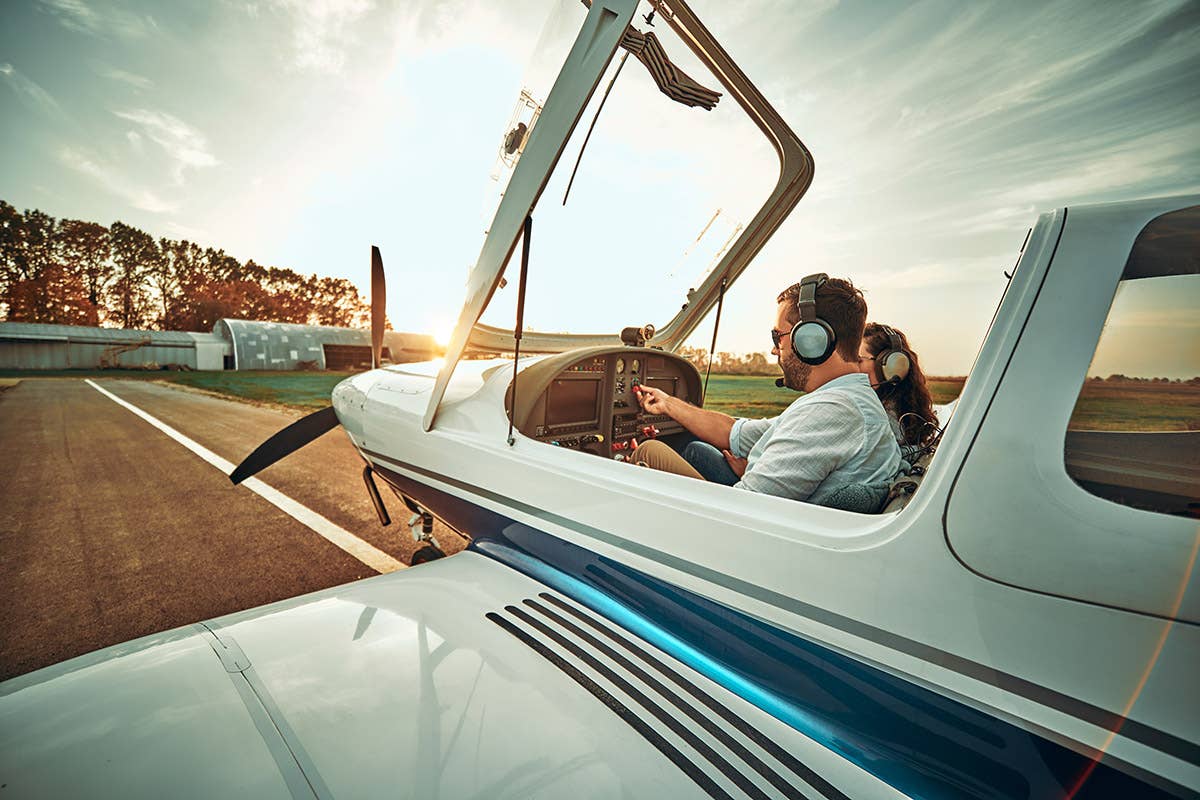
Subscribe to Our Newsletter
Get the latest FLYING stories delivered directly to your inbox

